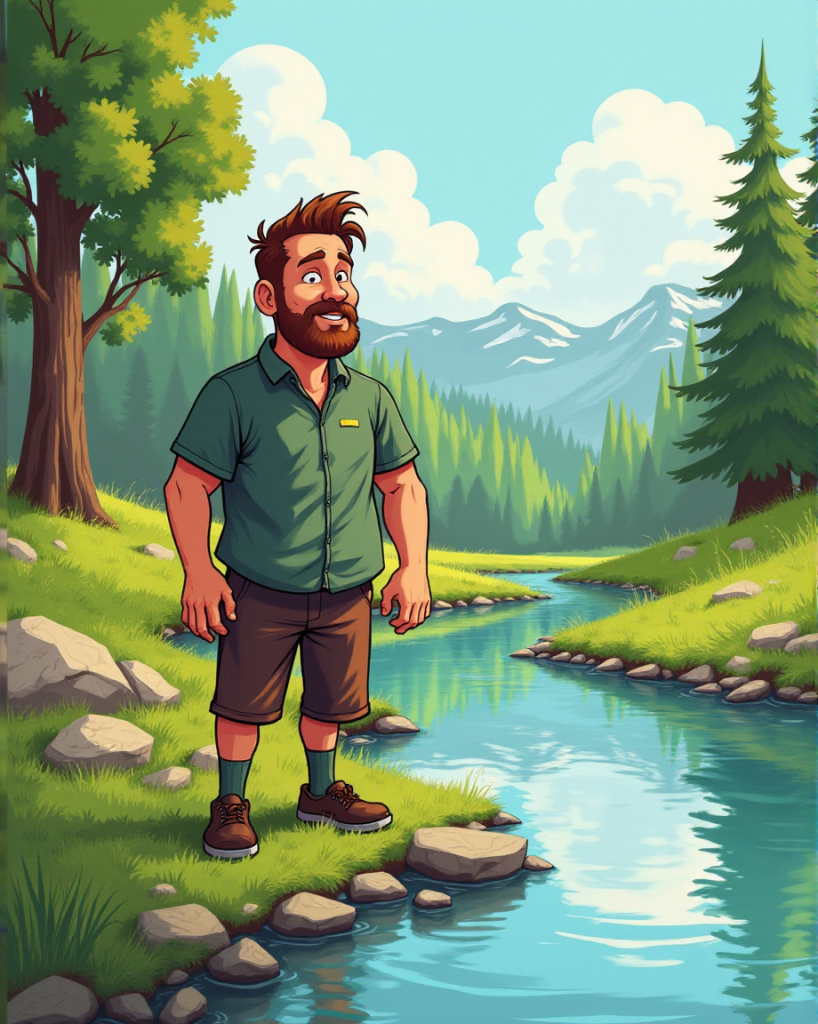Една от игрите, които играехме в училище, беше да опънем гумена лента между двата пръста на едната ръка и да изстрелваме сгънати парчета хартия към другите ученици или дори към учителя, когато той е обърнат с гръб към черната дъска. Това, разбира се, беше в разрез с училищния правилник, но въпреки това беше много забавно и добър начин да се избавим от скуката. По подобен начин можеше да се направи каменен катапулт с помощта на отрязан разклонен клон и гумен пръстен от буркан за консервиране и дори сега често си спомням за тези различни видове катапулти.
Понякога на лицето ми се появяват бръчки, защото съм уплашен, раздразнен, съчувствам или съм притеснен. Знам, че ако те станат неизменна част от репертоара ми от мимики, след няколко години тези изражения ще се превърнат в основни характеристики на лицето, които определят неутралния ми външен вид независимо от настроението ми – бръчки и всичко останало. Това не е това, което искам, а и не е това, от което се нуждая.
Мускулите на лицето ми са като тревожен катапулт, който е опънат между ушите ми. Всеки път, когато кожата ми се напряга на едно място и образува бръчки на друго, и всеки път, когато е надхвърлено определено ниво на напрежение, катапултът „изскача“ и мускулите се отпускат. Всички притеснения, раздразнение, гняв – катапултират във времето и пространството. Понякога се изстрелват в нищото, а понякога се изпращат при някой, който – за разлика от мен – ще им даде добър дом. Единственото, което остава на лицето ми, е усмивка, тъй като знам, че този път тревожните бръчки не са си намерили дом.
Description: „Катапултът на тревогите“ е интервенция, която може да се използва на соматично ниво за избягване или намаляване на свързаните със стреса бръчки по лицето, на емоционално ниво за релаксация и на социално ниво за практикуване на нови поведенчески модели за справяне със стреса в междуличностните отношения. Процедурата е подобна на техниката „стиснат юмрук“ – „метод, който може да се използва от детето, за да „изхвърли“ напрежението и проблемите, като стисне [и след това отпусне] юмрука си“. (Olness & Kohen, 2001 г.)
Тази история на английски език (This story in English):
(Отг: Щефан Хамел: Наръчник по терапевтично разказване на истории. Сори и метафори в психотерапията, детската и семейната терапия, медицинското лечение, коучинга и супервизията, Routledge 2019)
(From: Stefan Hammel: Handbook of Therapeutic Storytelling. Sories and Metaphors in Psychotherapy, Child and Family Therapy, Medical Treatment, Coaching and Supervision, Routledge 2019)
Книгата е налична в моя / The book is available in my Onlineshop.
На 27 и 28 октомври 2025 г. в София ще проведа семинар за терапевтично разказване на истории.
Повече информация можете да получите от Българската асоциация по хипноза и хипнотерапия (БАХХ).
С уважение
Стефан



